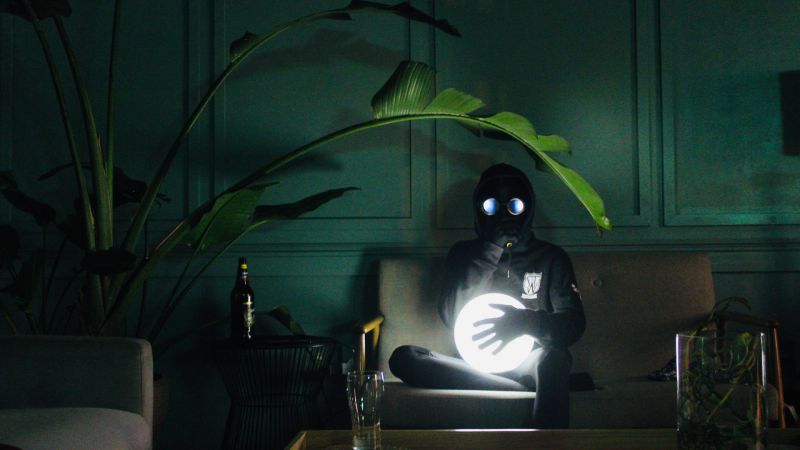Xopher Wallace: A Journey Through Digital Art and Photography
During the pandemic lockdown in South Africa, Wallace began crafting virtual galleries, with his notable exhibition titled “Afridelic Trip.” This innovative exhibition can be accessed on Instagram by scanning a QR code with mobile devices. Wallace collaborated with fellow South African artist vonMash, who supported the art direction and provided stunning artwork influenced by African mysticism. As Wallace notes, “As Africans, traditional masks represent the spirits and the wearer is often known to be possessed by who or what the mask represents.”

Wallace describes his ongoing project “Sleepwalker,” explaining, “I named my current ongoing project ‘Sleepwalker,’ because that’s what a sleepwalker does — dreams while physically awake.” By using a black morphsuit and goggles, he evokes feelings of loneliness in a surreal setting.

Wallace aims to address themes of loneliness and self-belief through his photography. His series is heavily inspired by Japanese anime and the recurring dreams he experienced as a child.

He particularly enjoys using dark green tones in his work, which he finds visually captivating.

Initially aspiring to be a journalist, Wallace discovered his passion for photography in high school. He began recreating music videos using his brother’s camera, which eventually led him to study photography and film at Boston College in the US.

In 2017, one specific photograph became the foundation of his “Sleepwalker” series. He acknowledges, “I realized a lot (about) being honest and confident in executing my ideas.”

Born in the Free State province south of Johannesburg, Wallace felt a sense of loneliness upon moving to Cape Town. He articulates, “Regardless of what I felt, I had to keep moving forward towards the light with what I am trying to achieve,” which he aims to illustrate through his work.

His photograph titled “Nature Nap” further explores the theme of dreaming while awake, a recurring motif in his work.

Additionally, Wallace examines the use of light in night imagery, suggesting that “with every empty space is a possible canvas.” He expresses fascination with “the thought of playing with light,” inspired by the moon’s brightness, illustrating that “everyone has a different light to shine, no matter how dark it may seem.”





